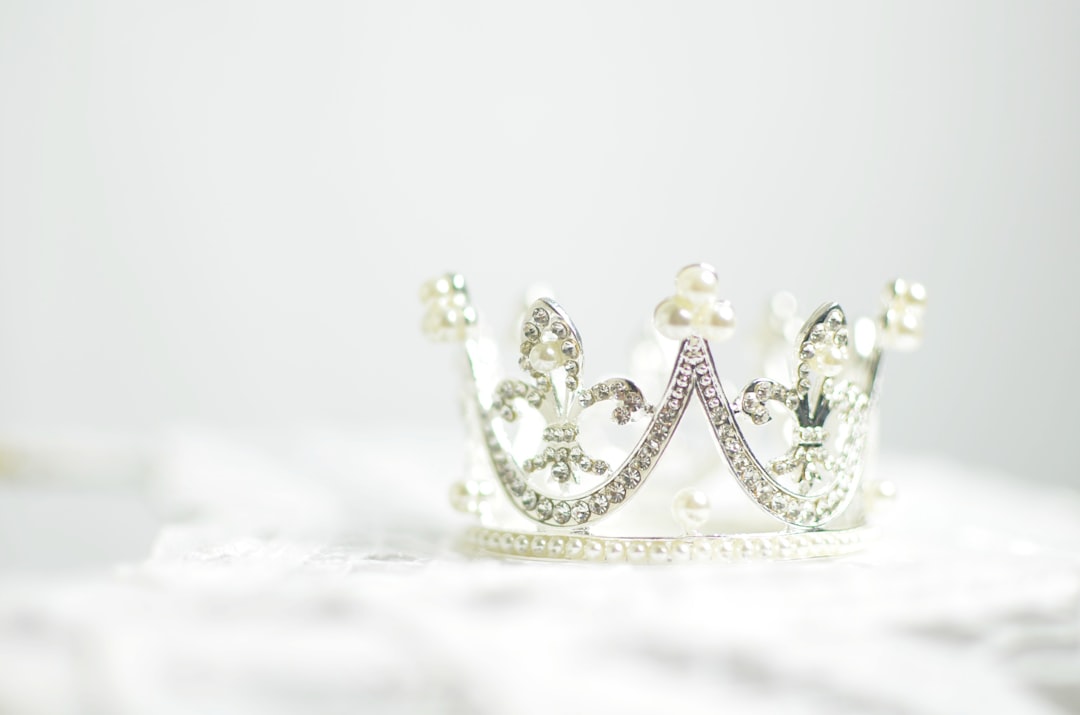What is it about?
Chromatographic separation, analysis of in situ radical-scavenging activity, and quantitative analysis of green sea urchin shell pigments were carried out by online HPTLC-DAD and HPTLC-DPPH methods. Methanol: chloroform:acetic acid:water (11:50:5:2, v/v) was selected as the best mobile phase on silica gel plates for the separation of the pigments. Two pigment spots, S1 and S2, were observed on the TLC plates, while echinochrome A was not detected in the pigment extract of green sea urchin shells. Based on the estimated ID50 values, the antiradical activity was S2 (0.043 ug)>S1 (0.058 ug)>echinochrome A (0.134 ug).
Featured Image
Why is it important?
Due to the complexity of the composition of natural extracts, separating each antioxidant compound and studying it individually is costly and inefficient, notwithstanding the possible synergistic interactions among the antioxidant compounds in a mixture. Therefore, it is advantageous for researchers to have a convenient method for the rapid quantification of antioxidant effectiveness.
Perspectives
Thus, for the first time, it was shown that dimers of polyhydroxylated 1,4-naphthoquinones pigments of green sea urchin shells possess antiradical activity on DPPH radicals which exceeds that of monomeric echinochrome A, as determined by HPTLC with post-chromatographic derivatization.
Professor Alexander N. Shikov
Saint-Petersburg State Chemical Pharmaceutical University
Read the Original
This page is a summary of: Evaluation of Free Radical-Scavenging Activity of Sea Urchin Pigments Using HPTLC with Post-Chromatographic Derivatization, Chromatographia, February 2013, Springer Science + Business Media,
DOI: 10.1007/s10337-013-2427-5.
You can read the full text:
Resources
Contributors
The following have contributed to this page










